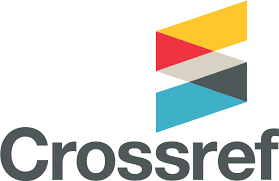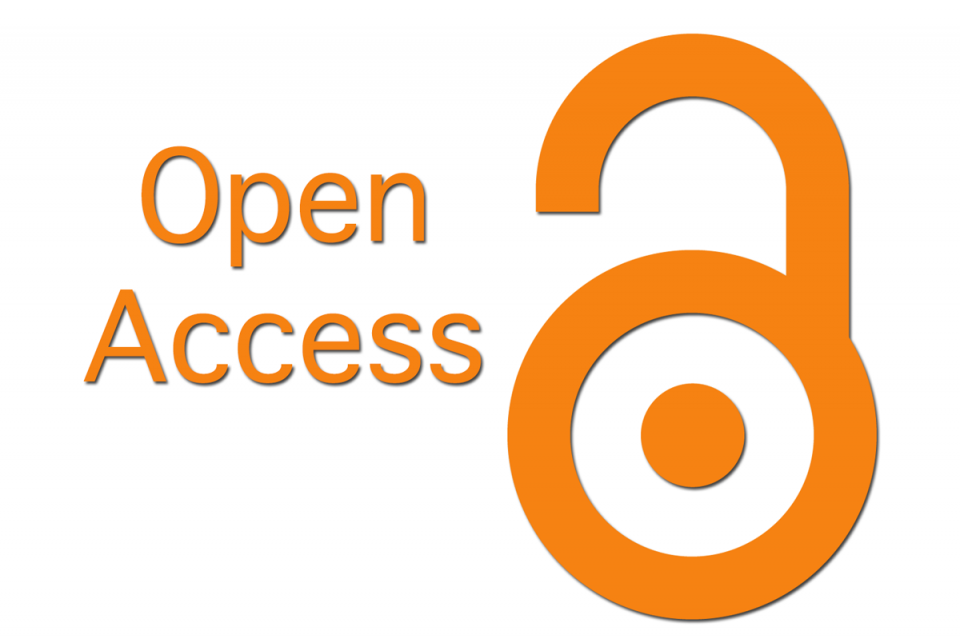Discourse of Fraud (Discursive Personality, Discursive Emblems, Characteristics of Discourse of Fraud)
УДК 811.161.1, ББК 81.2
Abstract
Currently, as a result of the increase in the number of crimes committed using mobile phones, there is an increased interest in the speech of a fraudster and ways to influence the victim. The vulnerability of the population to unwanted communication increases the importance of studying the live speech of a fraudster. The article pays attention to fraudulent discourse, examines verbatim transcripts of phonograms. The source is materials of criminal cases initiated under Article 159 of the UKRF – Fraud. Discourse of fraud is considered as a synthesis of discourses. The main discourses that contributed to the formation of discourse of fraud are commercial, expert (professional) and emotional. It is worth mentioning that this list is not exhaustive and can be supplemented. The concept of a discursive personality in discourse of fraud is revealed - it is a social and communicative phenomenon that is formed in the process of interaction between a fraudster and their victim, based on social expectation and exploiting a vacuum in collective experience, as well as based on socio-cultural factors (the level of trust in financial organizations and government representatives). Its key aspects are outlined. One of the possible approaches to the interpretation of discourse is the linguistic and semiotic commentary of discursive emblems. The concept of a discursive emblem is revealed and examples are given. An attempt is made to characterize discourse of faud from the point of view of sociolinguistic, pragmalinguistic and performative approaches to the description of discourse. The study of discourse of fraud from the perspective of sociolinguistics allows us to characterize its system-forming features: purpose, participants, concept, values, communicative strategies, genres. The types of communicative tonality (friendly, mentoring, commanding) and the performative aspect of discourse of fraud (manipulation) are defined.
Downloads
Metrics
References
Асмолов А. Г. По ту сторону сознания: методологические проблемы неклассической психологии. М., 2002.
Женило В. Р. Компьютерная фоноскопия. М., 1995.
Карасик В. И., Слышкин Г. Г. Тенденции развития современного дискурса / Актуальные проблемы филологии и педагогической лингвистики. – 2021. – № 1. – C. 14–31.
Карасик В. И. Языковая спираль: ценности, знаки, мотивы. М., 2019.
Карасик В. И. Языковое проявление личности. М., 2015.
Карасик В. И. Язык социального статуса. М., 1992.
Караулов Ю. Н. Русский язык и языковая личность. М., 1989.
Куштаев М. И. О ходе реализации региональной Программы Челябинской области «Профилактика преступлений, совершаемых с использованием информационно-телекоммуникационных технологий, на территории Челябинской области на 2023–2025 годы» / Вестник ГУ МВД России по Челябинской области. – 2023. – № 2. – С. 22–30.
Смирнова И. В. Дискурс технически опосредованного мошенничества: жанр «развод» / Жанры речи. – 2024. – Т. 19. – № 1 (41). – С. 90–103.
Смирнова И. В. Мошеннический дискурс: стратегия апелляции к удаче НИР / Современная коммуникативистика. – 2024. – № 3. – С. 15–22.
Фрумкина Р. М. Психолингвистика. М., 2003.
Стернин И. А. Введение в речевое воздействие. Воронеж, 2001.
Хуртилов В. О. Криминалистическое исследование фонограмм ограниченного объема и низкого качества записи. М., 2007.
Copyright (c) 2025 Александра Миронова, Людмила Тугай

This work is licensed under a Creative Commons Attribution 4.0 International License.
The authors, which are published in this journal, agree to the following conditions:
1. Authors retain the copyright to the work and transfer to the journal the right of the first publication along with the work, at the same time licensing it under the terms of the Creative Commons Attribution License, which allows others to distribute this work with the obligatory indication of the authorship of this work and a link to the original publication in this journal .
2. The authors retain the right to enter into separate, additional contractual agreements for the non-exclusive distribution of the version of the work published by this journal (for example, to place it in the university depository or to publish it in a book), with reference to the original publication in this journal.
3. Authors are allowed to post their work on the Internet (for example, in a university repository or on their personal website) before and during the review process of this journal, as this may lead to a productive discussion, as well as more links to this published work (See The Effect of Open Access).










